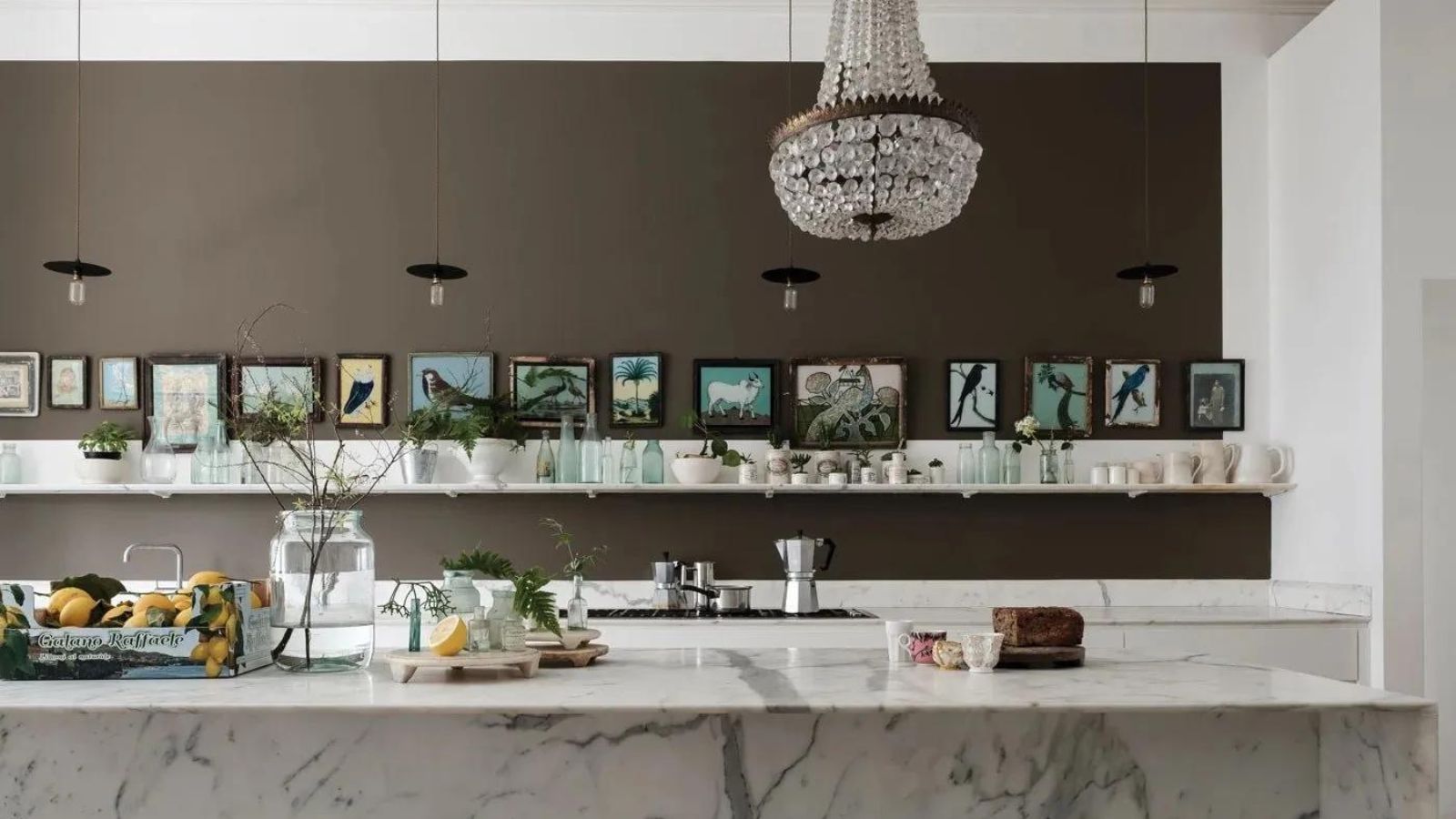
Combining old and new sounds temptingly easy as an interiors strategy, but interior designers often see mistakes with transitional style that compromise the look.
Transitional design blends traditional decor with modern design creating interiors that feel effortlessly stylish – but putting their elements together successfully does require know-how and without it, it’s possible to fall into some common traps.
We asked interior designers to reveal the mistakes they see most often in transitional style and share their advice on steering clear of them.
Transitional style mistakes – and how to avoid them
Blending elements from different eras is appealing. Successful transitional style results in interiors that are sophisticated but also inviting. It’s also a great strategy for creating a home that never dates.
The look needs a careful approach, though, to ensure it’s well balanced between traditional and modern, and the pieces selected are harmonious. These are the ways it can go wrong – and the strategies the professionals advise to swerve the traps.
1. Buying everything at once
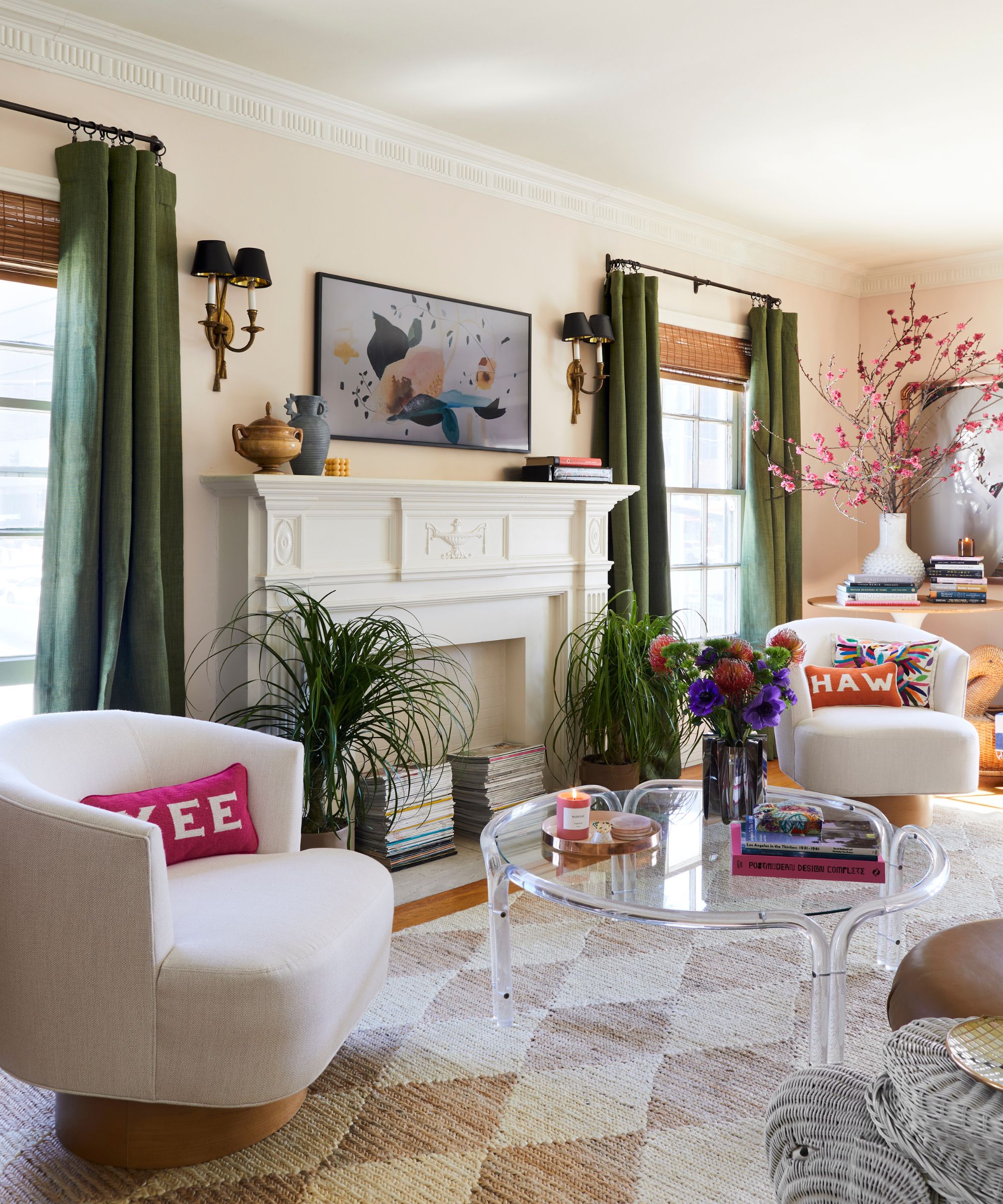
Don’t be an impulse shopper if your goal is transitional style. Purchasing everything at once is a mistake according to Alex Bass, founder and CEO of art advisory and interior design studio Salon 21.
‘By doing this, it doesn’t usually leave room for the space to have personality,’ she explains. ‘Make sure you are mixing pieces that you already own with new pieces. To start from scratch and purchase everything at once will make your home look like it was done by a stager. The key to a great, transitional home is collecting over time, and making sure you’re also investing in quality pieces.’
2. Lack of harmony
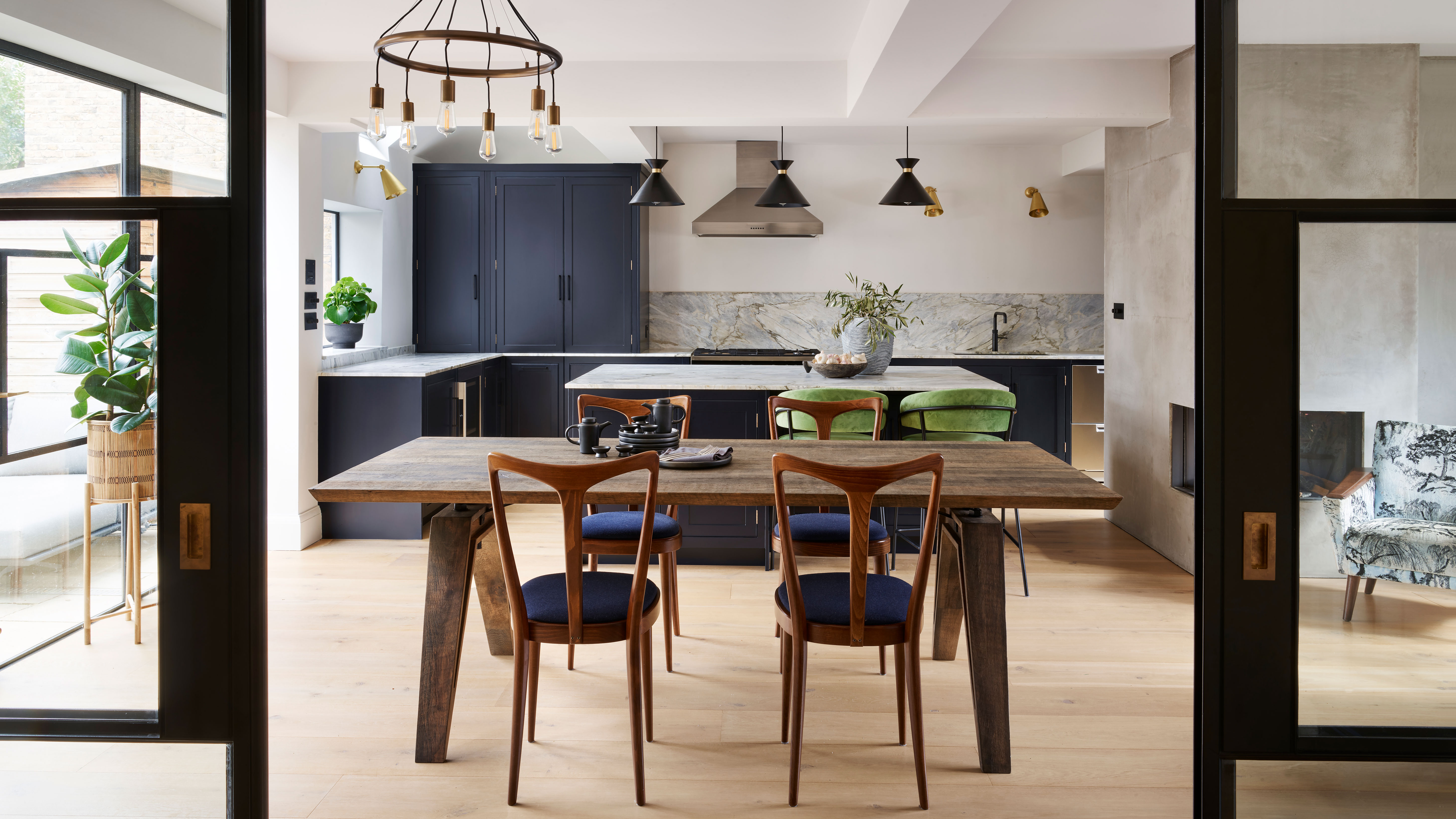
Think about the proportions of elements as well as whether they’re modern or older or the effect will not be agreeable.
‘The balance of the harmony is disrupted not only with large pieces of modern equipment, but also if there are too many small traditional furnishings,’ explains interior designer Artem Kropovinsky. ‘Concentrate on merging heavy and lightweight products correctly.’
3. Trying to change original features
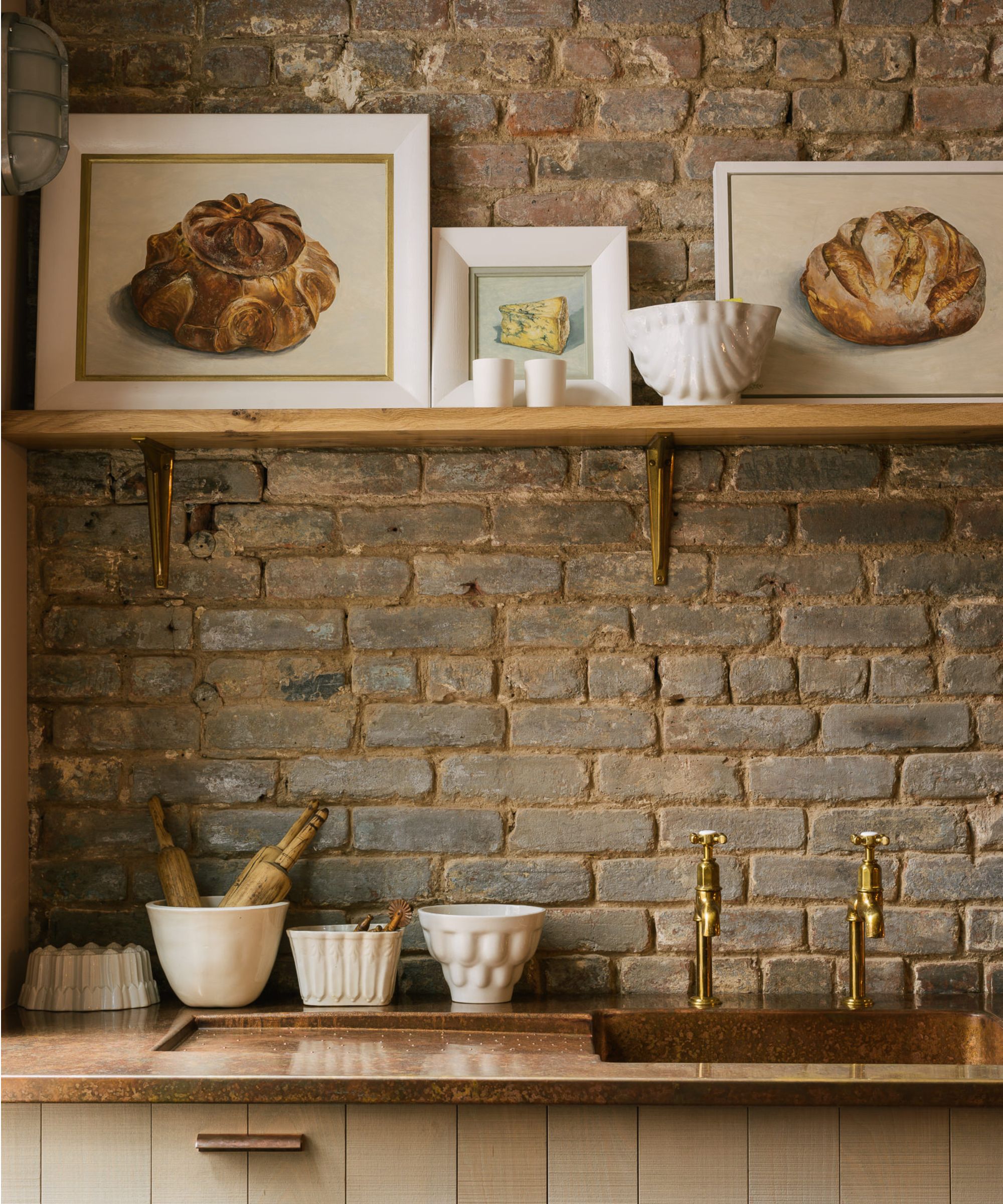
Bear in mind a room’s existing features to ensure you don’t make an error with transitional style.
‘A melange can bring chaos, therefore starting with a solid goal with the final image in mind can help bring different ideas together,’ says architect and interior designer Hafsa Burt of hb+a Architects. ‘If the space has natural or faux brick it’s best to restore it instead of painting over it, same goes for wood finishes.’
4. Not getting the right lighting
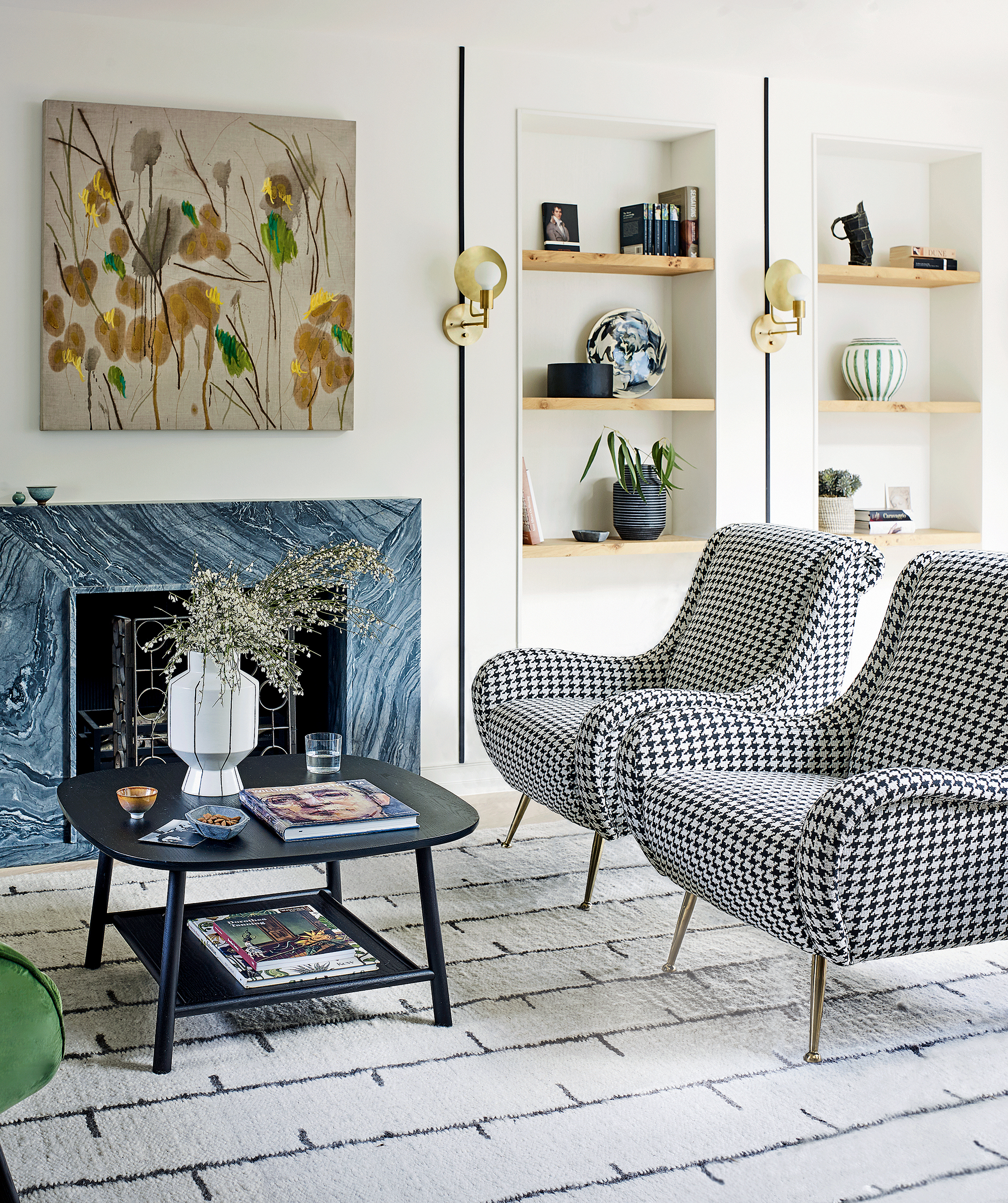
Lighting choices whether it’s living room lighting ideas, bedroom lighting, or those for any other room frequently compromise transitional style, according to the experts. ‘Selecting either inappropriately modern lighting or traditional can upset the space,’ says Artem Kropovinksy. ‘Choose fixtures that combine sleek lines with timeless materials to achieve a seamless look.’
And Hafsa Burt sees an error made over their scale, too. ‘In theory, transitional style should be more modern with clean lines but yet liveable and cozy,’ she says. The problem she encounters? ‘Large garish lighting fixtures which tend to overpower a space.’
5. A bland effect
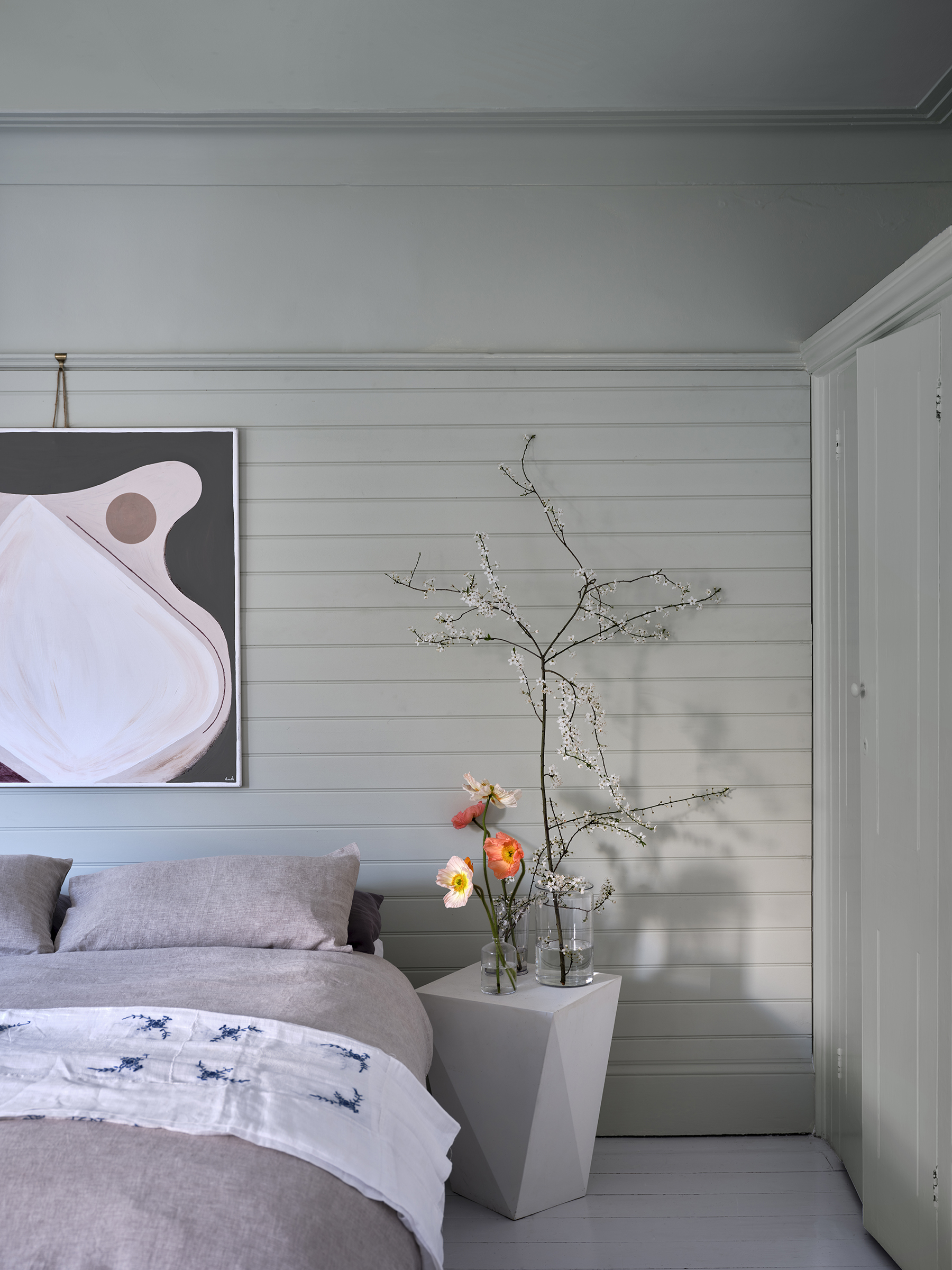
A neutral color scheme can be a great basis for transitional style, but don’t fall into the trap of blandness, says Alex Bass.
‘Being afraid of colors and going too neutral can be devoid of personality,’ she says. ‘If you are leaning towards a neutral color palette, there are still prints and textures you can bring in, rather than bold, colorful patterns, to add visual intrigue to the space.’
6. Color overload

And even if you aren’t afraid of color, there are ways that its use can go wrong in transitional style interiors. ‘Bold contemporary colors can end up hiding transitional elegance,’ says Artem Kropovinsky. ‘Keep a neutral base but with bold colors as small accents, and you have the look.’
The Unexpected Red Theory – the emerging interior design trend for using pops of red in a neutral scheme would be perfect for getting the balance right in a transitional space. Try bringing in a deep rich red in the form of a throw pillow or a print or even in a kitchen, red appliances nail the look.
7. Surfeit of modern textures
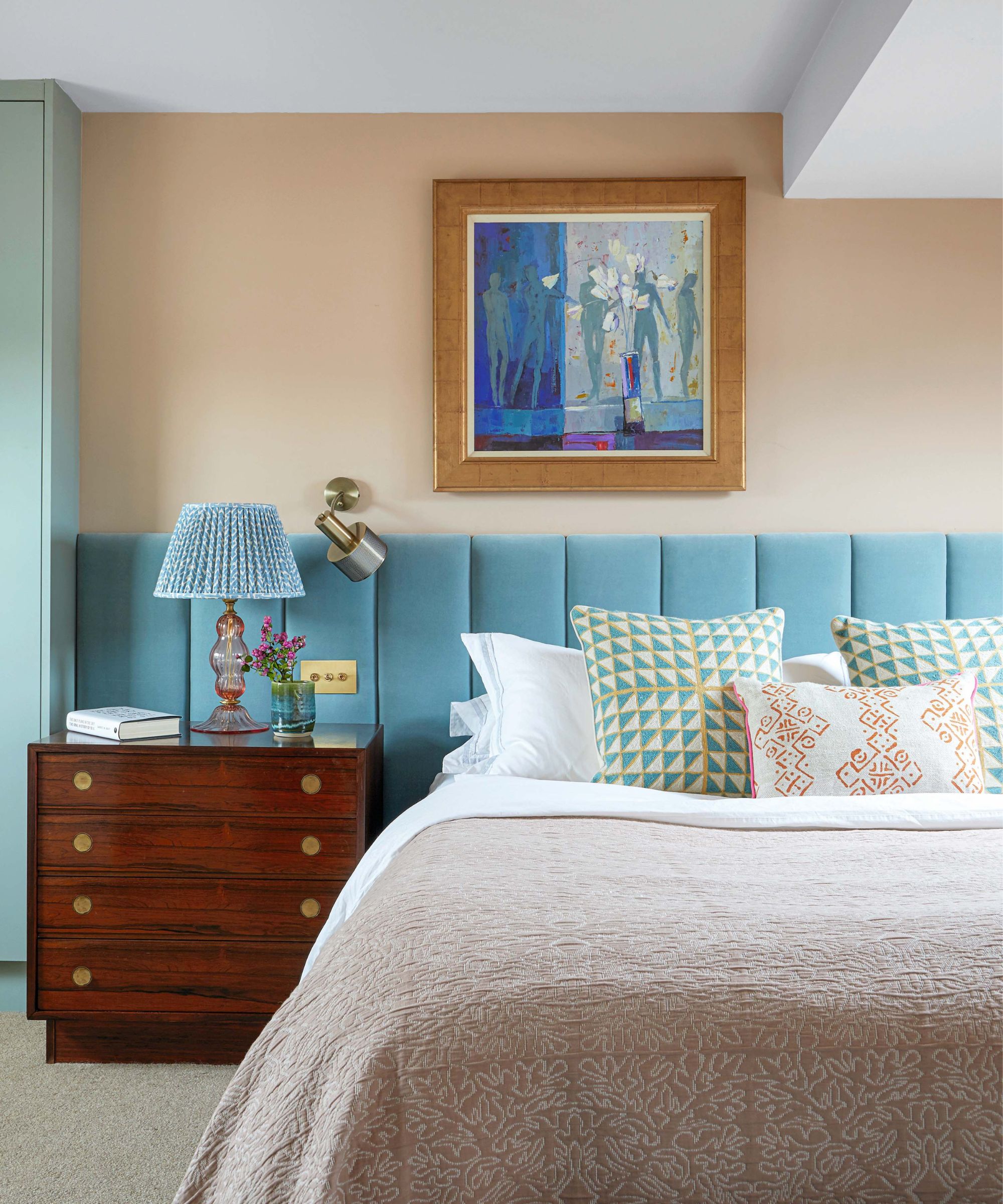
Textures that are too sleek can mar interiors in transitional style. ‘One of the most common mistakes is choosing modern textures without any depth,’ says Artem Kropovinsky. ‘This gives a sterile appearance.’
The remedy is variety. ‘Incorporate different textures such as natural fibers and old wood for warmth and depth,’ he advises.
FAQs
How is transitional style different from modern style?
Transitional style brings elements of traditional decor together with modern pieces, so there’s a harmonious balance between old and new. Modern style, on the other hand, creates interiors with clean, sleek lines. Bear in mind, though, that modern interior design isn’t the same as contemporary. It’s a style that originated in the early to mid 20th century, so modern design can mix pieces from different decades.
Discovering your interior design style can take time, and being aware of iconic interior styles can lead you in a direction you may not have considered previously. However, transitional style is tempting to many because of its careful curation of old – including antiques – and newer pieces, and styling antique furniture successfully can create a sophisticated look and allow showcasing of heirlooms as part of your home.







